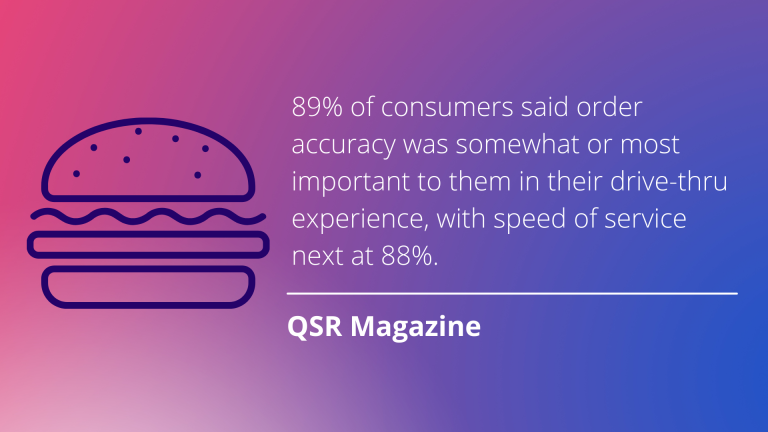Instead of scanning rows of products, customers using a voice interface could simply ask questions like:
- “Do you have any teas that are not caffeinated?”
- “Do you have any USB charging cables that are for iPhones?”
For freestyle vending machines that allow customers to choose custom options from dozens or hundreds of combinations, instead of pushing several buttons, customers could simply say:
- “Please give me a sugar-free soda with strawberry and vanilla flavoring and no ice.”
- “Decaf coffee, two sugars, with milk, extra hot.”
These advanced voice AI filtering capabilities allow customers to ask questions about and search for exactly what they want without getting lost in a sea of buttons, scrolling, and options. The voice assistant will make the whole transaction faster and more efficient while having their needs met with quick, efficient responses.
In addition to filtering capabilities and the ability to navigate choices easily, voice assistants can provide product and nutritional information on specific products. Without voice AI, the nutritional information remains inaccessible as it resides on the packaging of the product out of view and behind the case that separates customers from products. Unlike browsing in-store and online, vending machine customers can’t pick up a product to read the back or scroll down on the page for the description. Food allergies can be especially difficult to navigate when using a vending machine, and customers may end up selecting a snack that they can’t eat once they purchase it and read the label—resulting in great frustration.
Voice assistants can answer questions about ingredients, whether something is sugar-free, caffeinated, or gluten-free, to ensure each customer can make an informed purchasing decision. When browsing a vending machine for technology or retail items, the voice assistant can let customers know vital information about the product that might not be visible from a front-only view. If the customer is unsure what to get, the voice assistant can also make personalized recommendations based on their needs or what’s popular.
According to a study by Salesforce, 89% of consumers are more likely to make another purchase after a positive customer service experience. However, current vending machines lack the most basic elements of customer service. A voice assistant will elevate the experience and provide an entirely new dimension to interacting with a vending machine.









